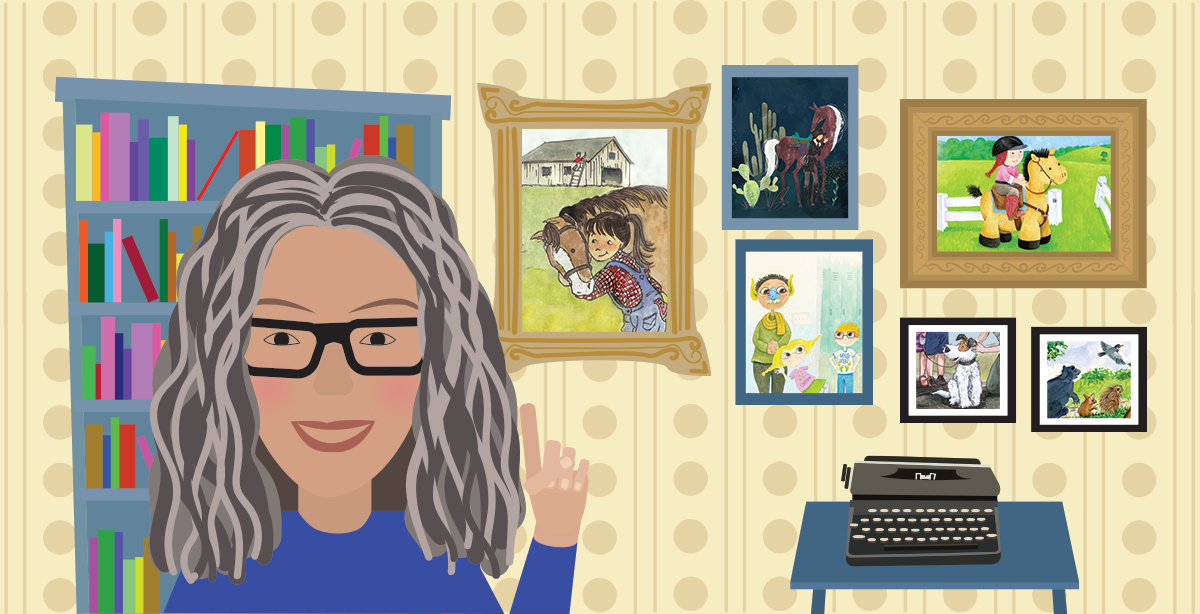The Boy Who Cried Wolf

Today in Colleen’s Cozy Book Corner, we are traveling back in time to my own second grade classroom led by Mrs. Alice Potter. While I can’t say I remember second grade like it was yesterday, I do clearly remember reading the traditional tale The Boy Who Cried Wolf in Mrs. Potter’s classroom. In fact, our class read several traditional tales and presented them as plays. In The Boy Who Cried Wolf, I was the boy! A starring role! Pioneer Valley Books has several traditional tales in its collection, and sure enough, The Boy Who Cried Wolf is one of them. Here it is, literally decades after my second-grade school year, and this book is STILL alive and well in our classrooms! Let’s take a closer look at this book and figure out what makes it so enduring.
You probably know the story: a boy intentionally and carelessly lies about the presence of a threatening wolf while watching the village sheep, and the string of events that follows results in the villagers no longer being able to believe anything the boy says, even when it is the truth. Two important things follow the boy’s mischief in the plot: a sheep from the herd is killed when a real wolf does appear, and the boy gains the identity of a liar.
Now, that is not a very positive tale. We are left with a dead animal, disappointed villagers, and a prank gone horribly awry. Why would nice Mrs. Potter have her second graders read such a story? Why would you?

Aha! We have bumped into a significant feature of any traditional tale. The action of the story is compelling, but the deeper message of the story is what intrigues us. The lesson is a major player, almost a character unto itself. Traditional tales entertain, but they also help their readers, with the guidance of people like Mrs. Potter, learn valuable life lessons. The villagers trusted the boy, and he deceived them. Now everyone is miserable. Readers consider the boy’s erroneous choices and the implications of his lies. Where did the boy go wrong? What were his mistakes? Readers learn the value of honesty and when a joke is funny and when it is not funny at all. Ultimately, young readers are learning to be conscientious, decent people, and thus this rather sad tale has a positive outcome after all! The boy learns an important lesson, and we are better for it.
This may seem like a heavy lesson to be teaching in second grade, but it is absolutely one second graders can nimbly navigate. This is a great book to use when working on the comprehension strategy of cause and effect.
We have many other traditional tales in our Pioneer Valley Books library, so I hope you read them all! The Boy Who Cried Wolf is found in Traditional Tales Set 3 (Aesop’s Fables) and is a part of our Intervention Partner kit.





